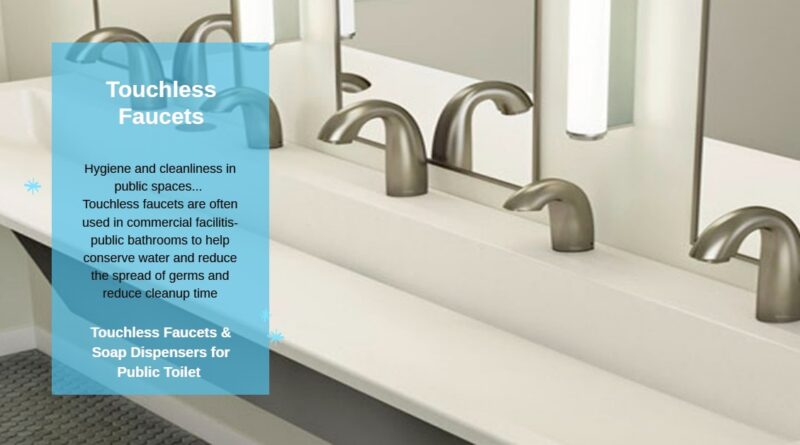Sustainability @ FontanaShowers
Sustainability at Fontana touchless faucets encompasses several key aspects that make these fixtures an environmentally responsible choice. Fontana is committed to integrating sustainable practices in the design, production, and functionality of its faucets, ensuring that they contribute positively to both the environment and the user experience.
Sustainable Design and Materials
Fontana touchless faucets are designed with sustainability in mind from the very beginning. The use of high-quality, durable materials such as solid brass and stainless steel ensures longevity and reduces the need for frequent replacements, which in turn minimizes waste. These materials are also recyclable, further contributing to environmental sustainability at the end of the product’s life cycle.
Water Conservation
One of the most significant ways Fontana touchless faucets promote sustainability is through water conservation. These faucets are equipped with advanced sensor technology that precisely controls water flow, activating only when needed and shutting off immediately when not in use. This reduces water wastage significantly compared to manual faucets that might be left running inadvertently. Additionally, many Fontana touchless faucets feature water-saving aerators that limit the flow rate without compromising on performance, further enhancing their water efficiency.
Energy Efficiency
Fontana ensures that its touchless faucets are energy-efficient, with many models operating on low-power consumption. The sensors and other electronic components are designed to function effectively with minimal energy use. Some models are powered by long-lasting batteries, reducing the frequency of replacements and the associated environmental impact.
Local Manufacturing and Ethical Practices
Fontana’s commitment to local manufacturing in the USA supports sustainability through reduced transportation emissions and the promotion of ethical labor practices. By manufacturing locally, Fontana can closely monitor and control production processes to ensure they meet stringent environmental standards. This approach not only supports the local economy but also reduces the carbon footprint associated with shipping and logistics.
Waste Reduction in Production
Fontana employs sustainable manufacturing practices to minimize waste during production. This includes optimizing the use of raw materials, recycling scrap metal, and implementing efficient manufacturing processes that reduce waste. These practices ensure that the environmental impact of producing each faucet is kept to a minimum.
Long-Lasting Products
The durability and reliability of Fontana touchless faucets mean they have a longer lifespan compared to many conventional faucets. This longevity reduces the frequency of replacements and the associated environmental impact of manufacturing, transporting, and disposing of faucets. A longer product life cycle means fewer resources are consumed over time, contributing to overall sustainability.
Commitment to Innovation
Fontana continuously invests in research and development to create innovative, sustainable solutions. This includes exploring new materials, improving sensor technologies, and designing products that offer even greater efficiency and environmental benefits. By staying at the forefront of innovation, Fontana ensures that its products not only meet current sustainability standards but also anticipate and adapt to future environmental challenges.
Conclusion
Fontana’s touchless faucets embody sustainability through their thoughtful design, efficient use of resources, and commitment to environmentally responsible manufacturing practices. By choosing Fontana, customers are not only enhancing the hygiene and functionality of their spaces but also making a positive impact on the environment. This holistic approach to sustainability ensures that Fontana faucets are a smart choice for those looking to balance style, performance, and environmental stewardship.

